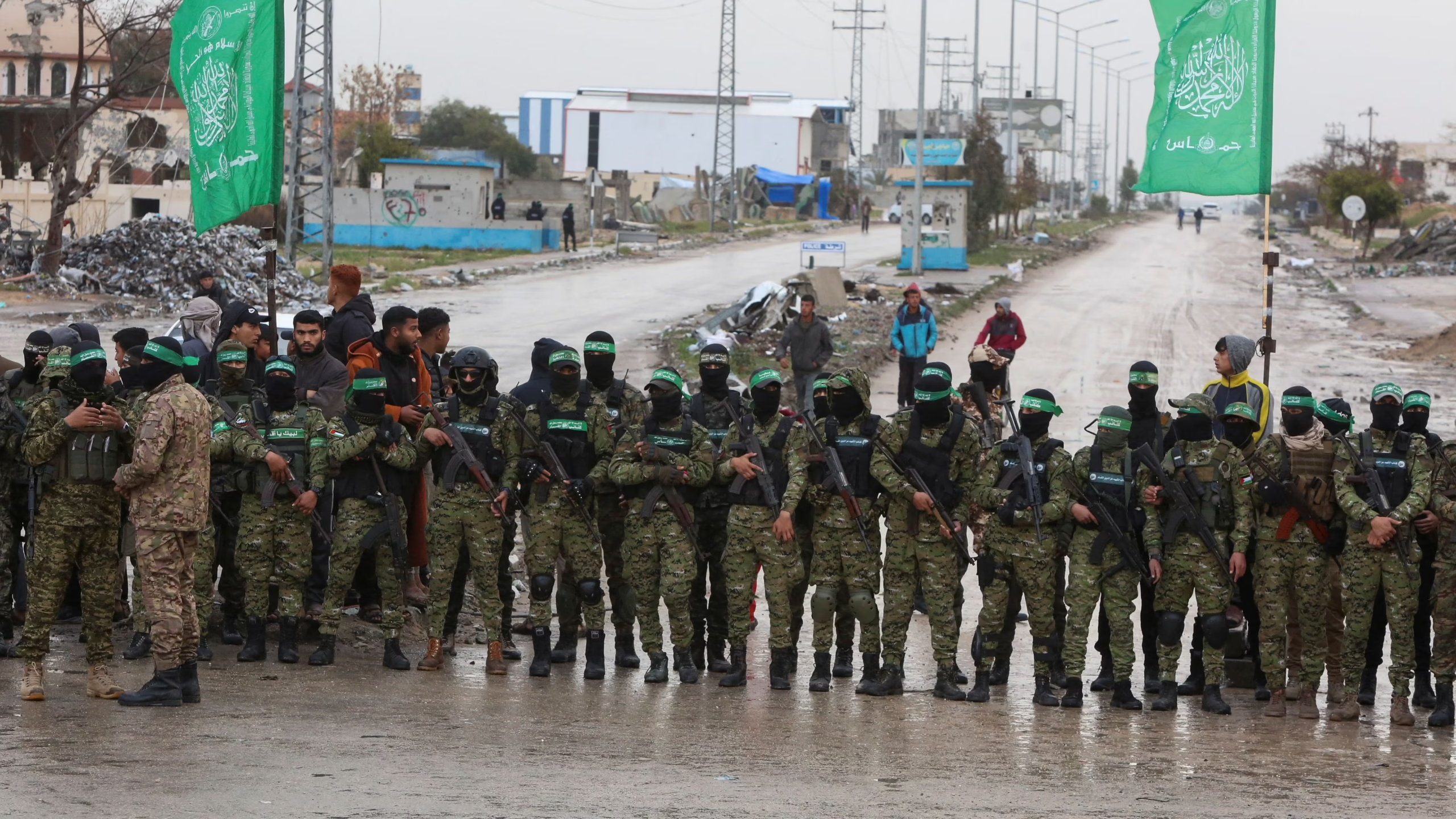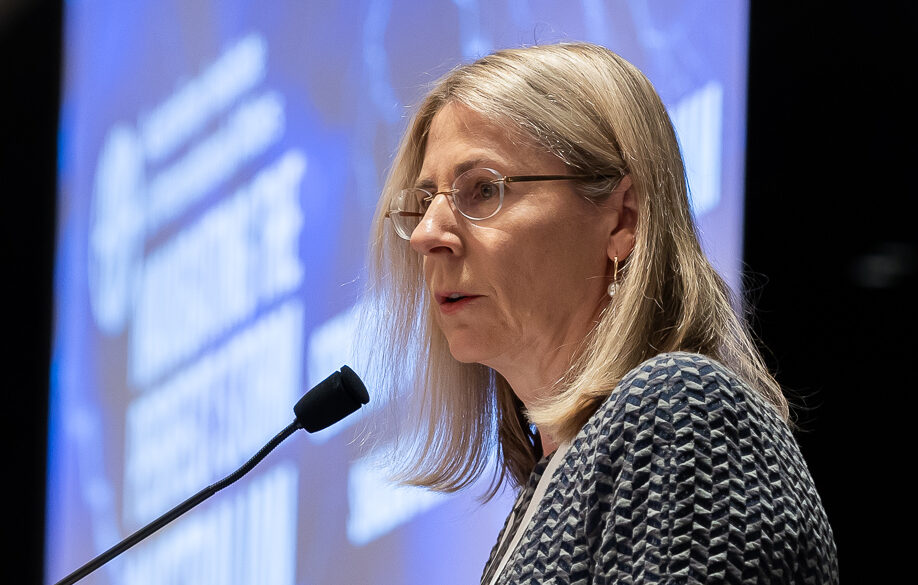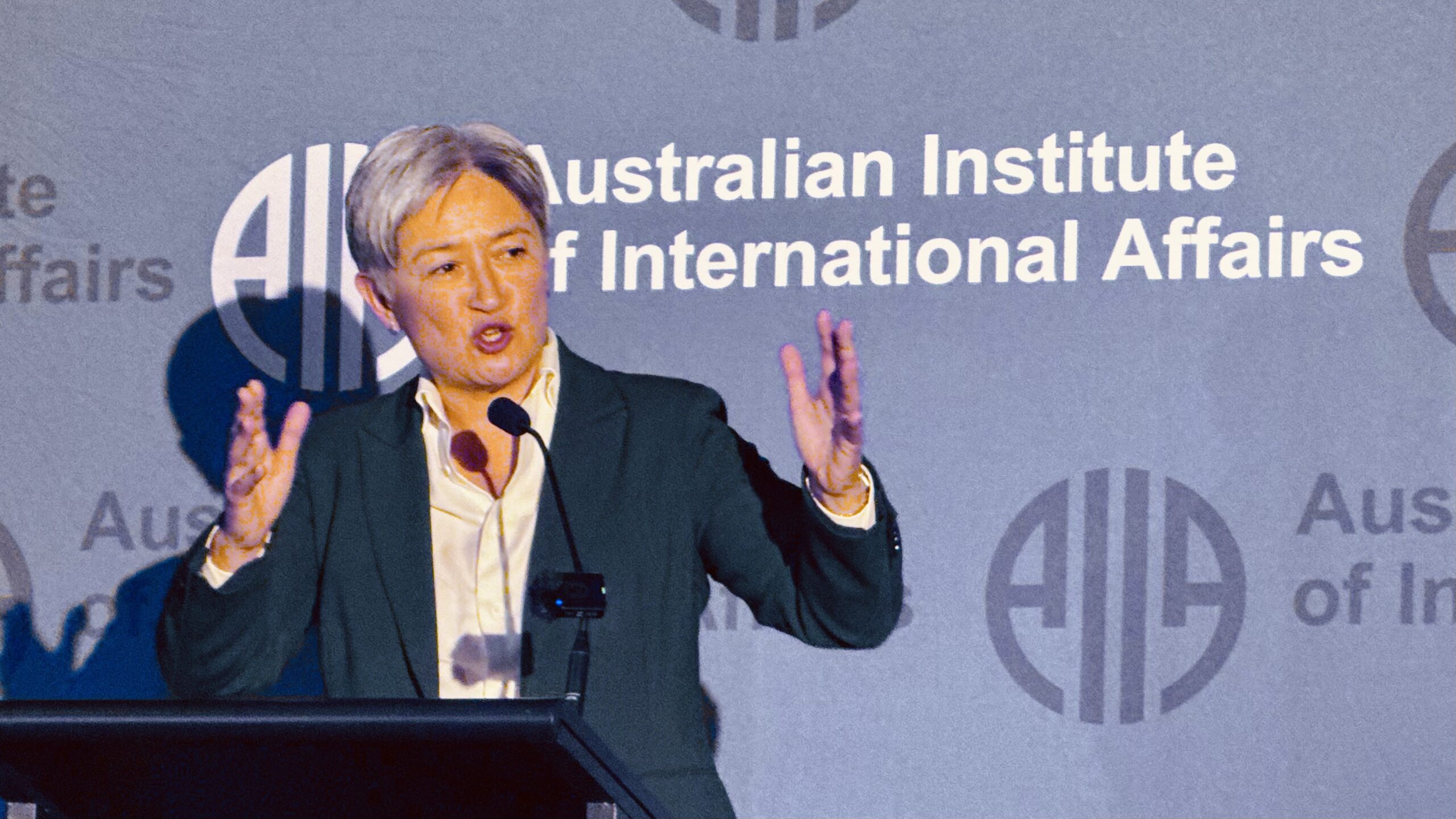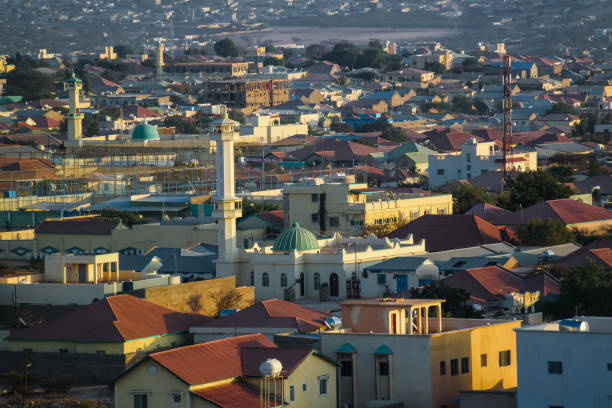The latest ceasefire proposal presented by President Donald Trump has again raised hopes that the Hamas-Israel war can be brought to a conclusion. While it is too soon to judge whether the plan will lead to lasting peace, it is already possible to consider three aspects of Hamas’ conduct during the course of the war that are not obvious signs of political failure.
Two years since its attack of 7 October 2023, Hamas has agreed to the first phase of a ceasefire proposal which, while having been put forward by President Donald Trump, appears to be a work of Anglophone collaboration. Drawing on (or perhaps proceeding from) work done under the auspices of former British Prime Minister Tony Blair, a successful execution of the proposed plan could see a “Board of Peace” involved in international postwar management of Gaza, with key roles to be played by both Trump and Blair.
It is not difficult to draw conclusions in advance about the long-term prospects of such a plan. Even if we assume maximum short-term success — including the return of all remaining hostages, both alive and deceased, the successful demilitarization of Hamas, the withdrawal of Israel’s military, the establishment of an effective “technocratic, apolitical” administrative entity, and the commencement of reconstruction in Gaza — it is hard to envision a substantial Palestinian political future emerging from a plan developed in this way.
If Hamas – the only Palestinian political organisation to have won internationally-observed democratic elections this century – is to be excluded from postwar government, the idea of transition from temporary technocrats to a Palestinian government acceptable to the Anglophone sponsors of the current plan tends to fall back on discussions about a “reformed” Palestinian Authority. But the past two years of war have not shown the Palestinian Authority to be more credible than it was prior to 7 October 2023. It cannot be transformed into a politically legitimate and authoritative political entity by means of a “blueprint” produced by an Israeli Policy Forum and, as Nathan J. Brown has recently remarked, the very idea of a revived Palestinian politics that does not conform to the dictates of external management schemes is an idea that now, as in the past, would face “intense resistance”.
It is also possible to draw conclusions about the organisational and political prospects of Hamas, for example that “weakened militarily and facing declining Palestinian support,” Hamas has run out of options, unless the movement might like to “transform itself into a political party” – or perhaps more specifically, to transform itself into a political party that conforms to international management of Palestinian politics. But while Hamas has clearly been weakened militarily, its recently renewed insurgent activities indicate that two years under siege have not quite succeeded in eliminating Hamas as a fighting force. It is also difficult to identify anything in Hamas’ organisational or political history that suggests it will undergo a transition to a pacified political practice in the near future.
The political future of Gaza remains uncertain, much like the potential for establishing a post-war zone of peace under Anglo-American guidance. However, we can make some general observations about Hamas’ conduct by reflecting on the two years following October 2023. Three such observations could be as follows.
First, Hamas does not seem to have been operating as a mere adjunct of Iranian decision-making, and the challenge it has posed to the State of Israel is distinct from Israel’s broader confrontation with Iran. In an acute early assessment of Hamas’ attack, Khaled Hroub suggested that, by acting independently of Iran and Hizballah, Hamas’ ambitious attack may have been a case of “nothing fails like success,” leading to a very uncertain future for the movement. This remains the case today. Yet over the past two years, Hamas has also catalysed and sustained a local and international situation to which the State of Israel has struggled to respond effectively, and which will require a complex process of recovery in Israel’s state and society, once the war is over. Overcoming this situation is unlikely to be made easier by attributing Hamas’ agency to Iranian patronage.
Second, Hamas has demonstrated its capacity to continue to act as a negotiating party (via Qatari and Egyptian intermediaries), regardless of being reduced militarily, and regardless of Israel’s assassination of its leaders in Gaza and abroad. While those senior figures who escaped assassination in Israel’s 9 September strike on Doha can certainly be attributed with ongoing decision-making power, the successful assassination of senior Hamas leaders during 2024 has not reduced Hamas to capitulation, and any future negotiation (indirect or direct) between Israel or the Trump administration and Hamas will require dealing with whatever leadership remains authoritative in the movement. This will not matter if Hamas can be effectively pacified after a conclusive hostage exchange. However, it will matter if Hamas, as an organised idea of resistance and a movement with leaders, is not permanently eliminated. Such a permanent elimination is not a conclusion that can be easily drawn.
Third, Hamas has shown itself capable of having large numbers of Palestinians released from Israeli prisons as a result of negotiated hostage-prisoner exchanges during the war. In the short term, it is not difficult to draw some conclusions about how this effective liberation might be perceived by Palestinians in the West Bank, in contrast to the “administrative detention” of Palestinians that has proceeded over the years, during the Palestinian Authority’s longstanding security cooperation with Israel. In the long term, Palestinians liberated from prison during the war will no doubt draw various conclusions of their own about what was achieved for the future of Palestinian politics as a result of Hamas’ 7 October attack. The feasibility of releasing high-profile figures such as Marwan Barghouti or Ibrahim Hamed as part of the current negotiations has naturally attracted attention. But some of the less well-known Palestinians who have already been released – many of them young people – may become prominent in resistance activities in the future, whether in Islamist or other modes. If they do, it would be logical for them to describe their ascendance in connection with their liberation from prison by Hamas.
While it is too early to jump to conclusions about the long-term success of the Trump plan for peace in Gaza, it is perhaps not too soon to observe that Hamas has been something other than a political failure during the course of the war, in the independence with which it has acted, in the persistence of its identity as a negotiating party, and in the unknown future directions – perhaps some of them involving political leadership – that will be taken by Palestinians released from prison since 7 October 2023.
Benedict Moleta is a PhD student in the Department of International Relations at the Australian National University, writing on the work of Coral Bell. His master’s thesis (2020, University of Sydney) was on relations between the European Union and Palestine, focussing on the prospects of Hamas. Contact via ANU.
This article is published under a Creative Commons License and may be republished with attribution.





